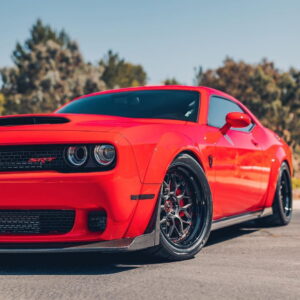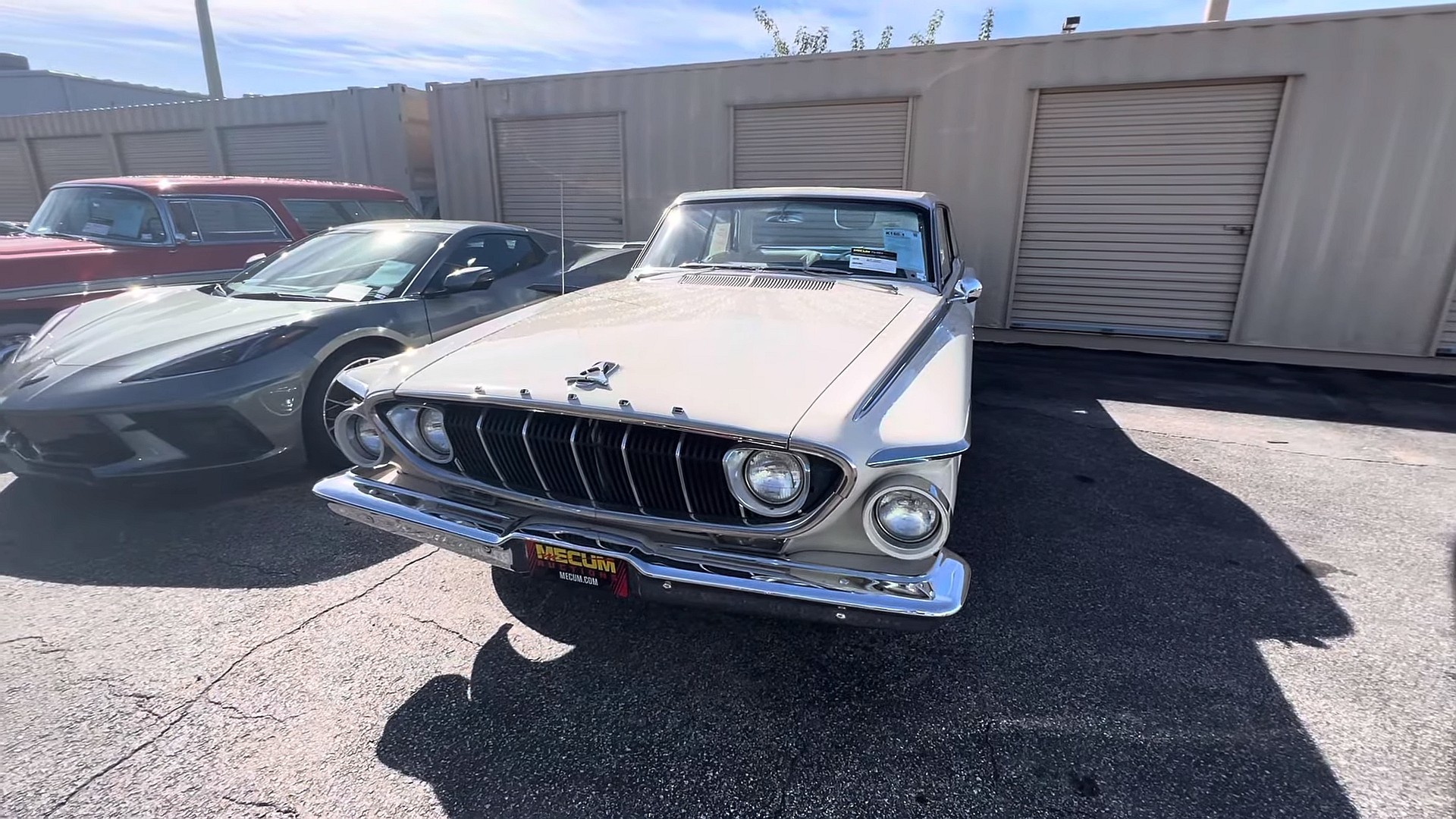
Introduced in 1964 as a racing engine and offered in 1965 in road-going cars, the 426-cubic-inch (7.0-liter) HEMI is arguably one of the greatest mills of the golden muscle car era. But it wasn’t Chrysler’s first high-performance lump.
The company’s venture into high-power territory can be traced back to the Chrysler C-300. Introduced in 1955 as the first iteration of the 300 letter series, the C-300 hit showrooms with 300 horsepower on tap. In 1956, Chrysler upgraded the 354-cubic-inch (5.8-liter) V8 to 355 horsepower, making the 300B the first American car to deliver one horsepower per cubic inch.
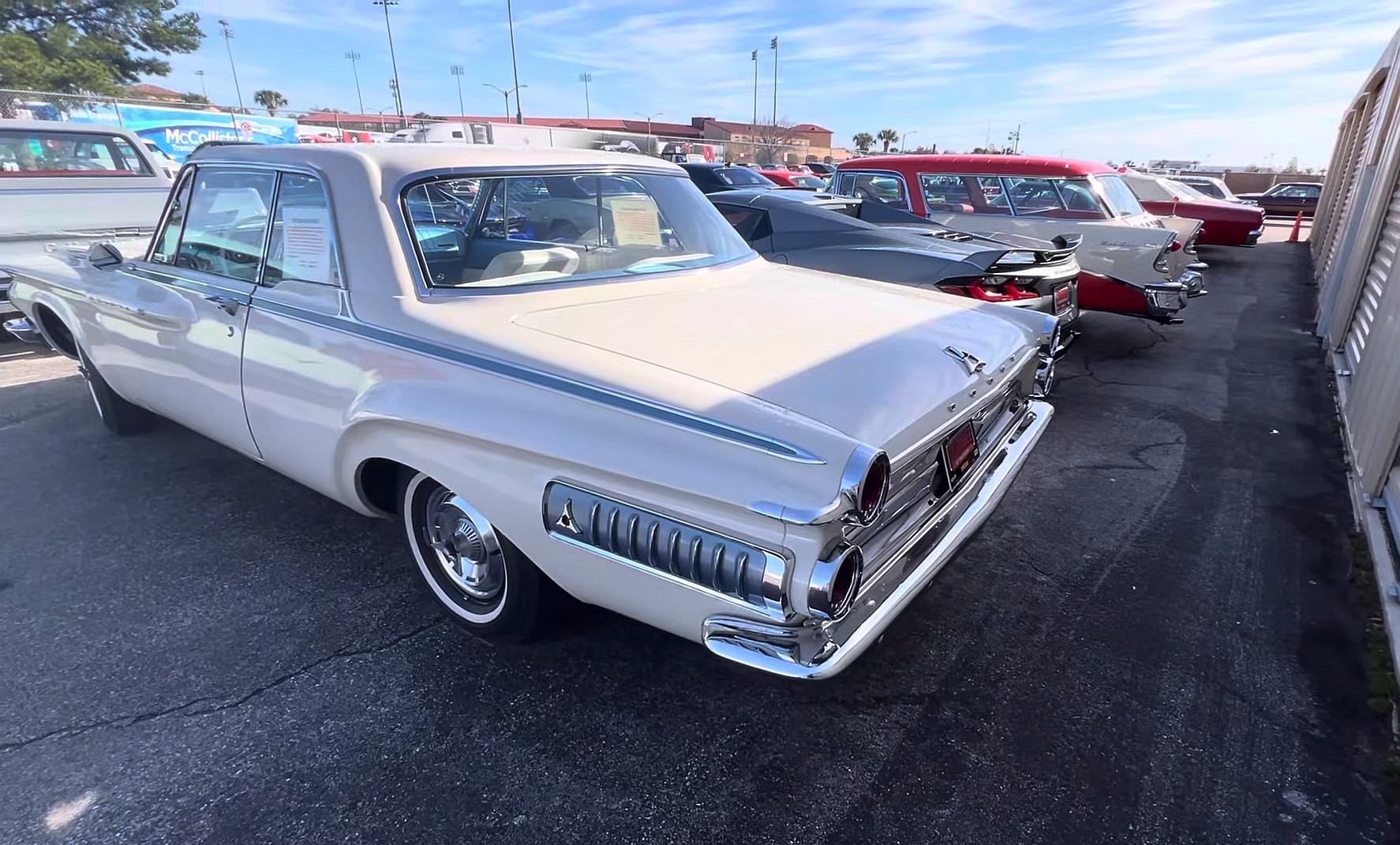
The 300 letter series car became more potent toward 1960, with the 300F getting a 413-cubic-inch (6.8-liter) unit good for 400 horses. And as the Detroit drag racing war got hotter in the early 1960s, Chrysler developed the Max Wedge. It was based on the RB block and offered exclusively in midsize cars.
GB
A short-lived mill, the Max Wedge was developed specifically for drag racing, but it found its way in a few factory-built rigs put together for Super Stock duty. Initially a 413-cubic-inch V8 rated at 410 or 420 horsepower, the Max Wedge was enlarged to 426 cubic inches in 1963. Output increased to 415 or 425 horses, depending on the compression ratio.

Dodge offered this engine in the 330, 440, and Polara, while Plymouth sold Max Wedge versions of the Savoy, Belvedere, and Fury. By the time it was replaced by the HEMI in 1964, the Max Wedge found its way into only a few hundred vehicles, so these cars are pretty rare. The 1962 Polara 500 you see here is one of only 12 made!
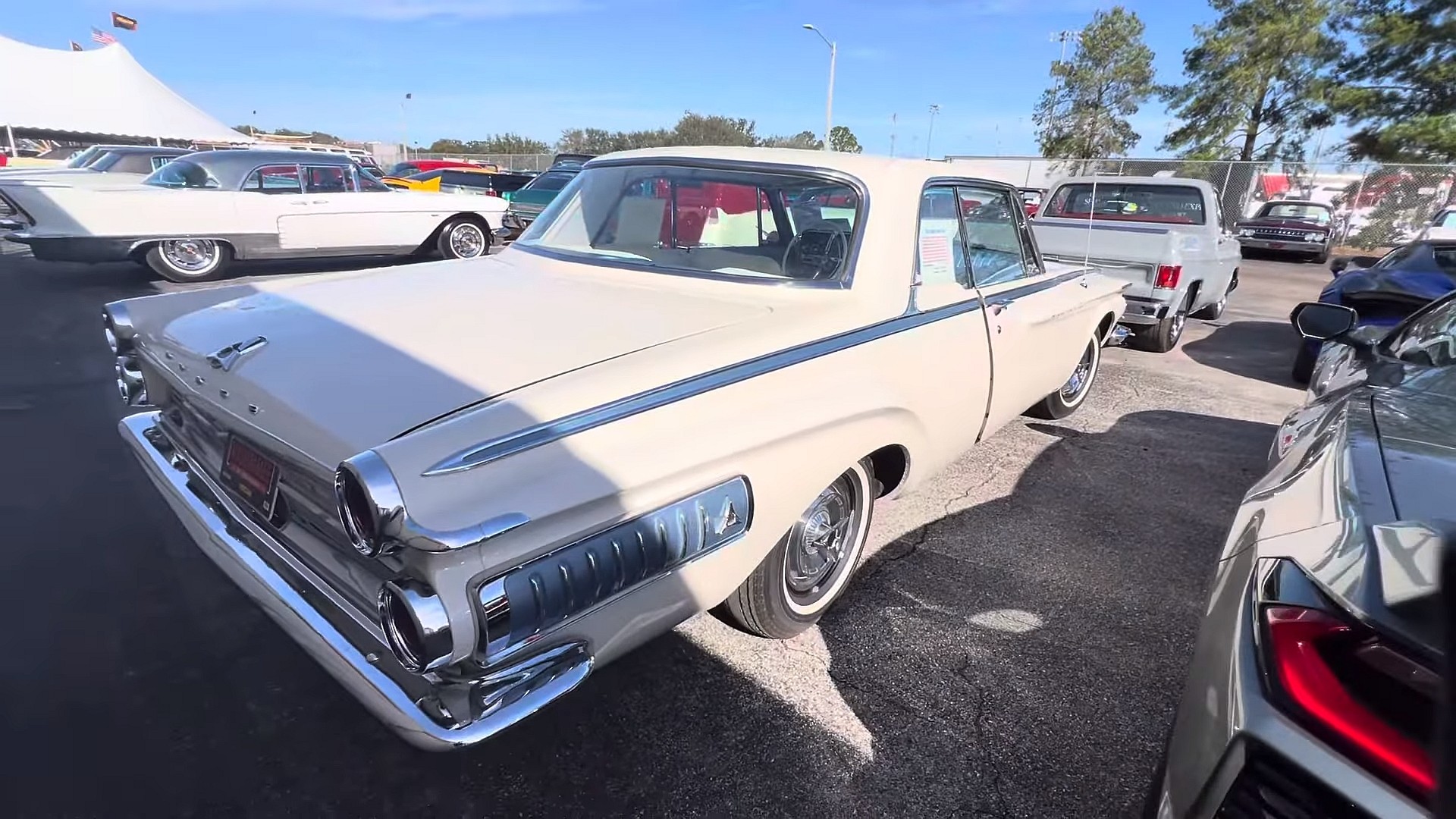
Rarer than most HEMI Mopars out there, this Polara 500 was spotted at the Kissimmee 2024 auction in early January. A rather unassuming sleeper on the outside, this Max Wedge beast took the stage as a restored beauty with multiple awards to its name.
Still relying on its original 413-cubic-inch Max Wedge V8 (410 horsepower), this Polara 500 features a three-speed manual transmission. This drivetrain setup makes it one of only five built like this, according to Max Wedge expert Darrel Davis. Moreover, it’s the only example that has been documented so far. I’m not saying it’s the only one that survived, but it’s definitely the only one in such excellent condition.
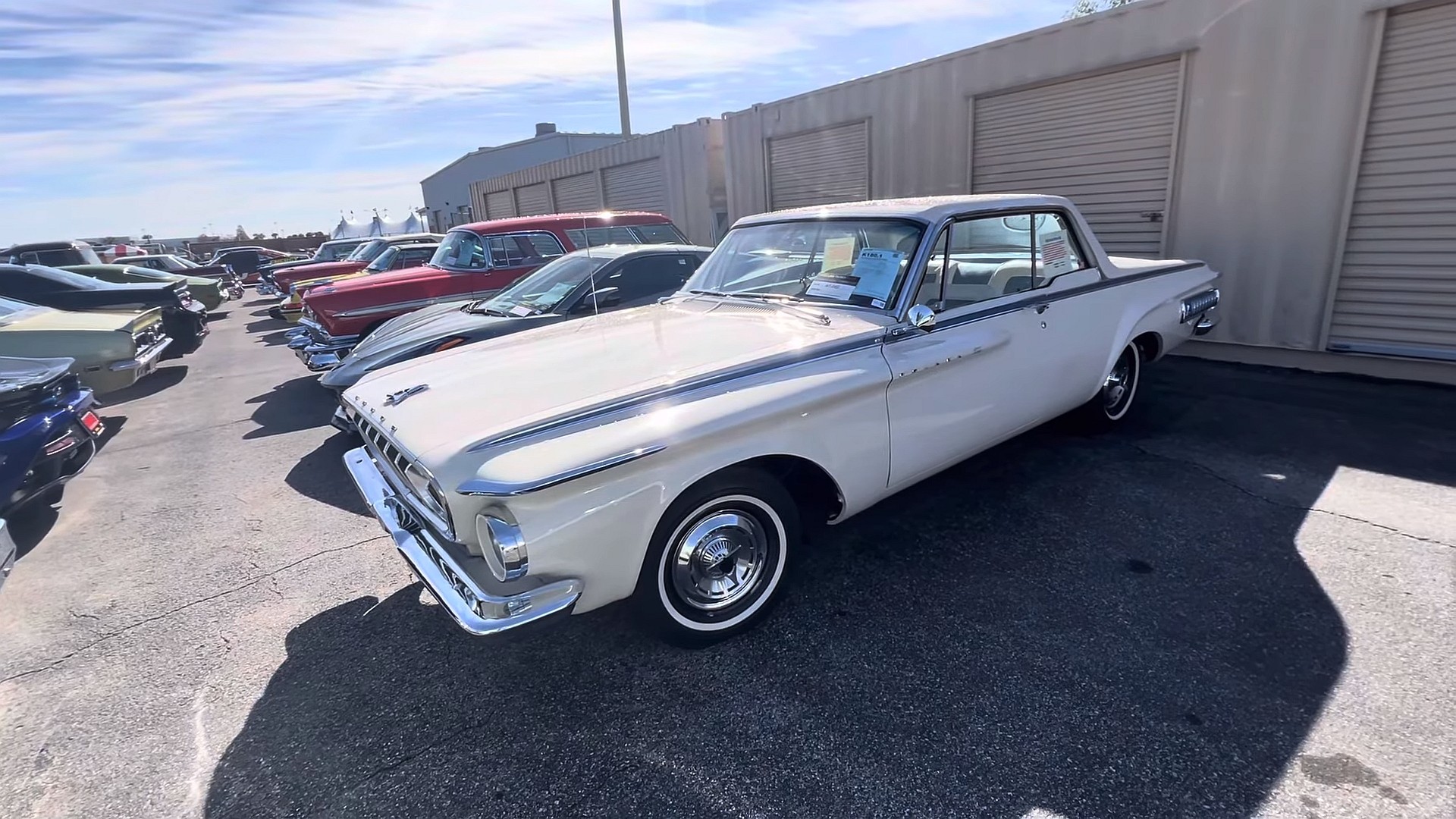
Despite its Concours-ready condition and originality, this Mopar failed to sell during the auction. The two-door was driven off the stage with a “bid goes on” status at $65,000, which means Mecum will try to negotiate privately with interested buyers. Max Wedge cars in this condition usually change hands for over $100,000.
Granted, the 1962 Polara design isn’t for everyone, but this Dodge is the perfect Mopar sleeper in my book. Check it out in the video below.

